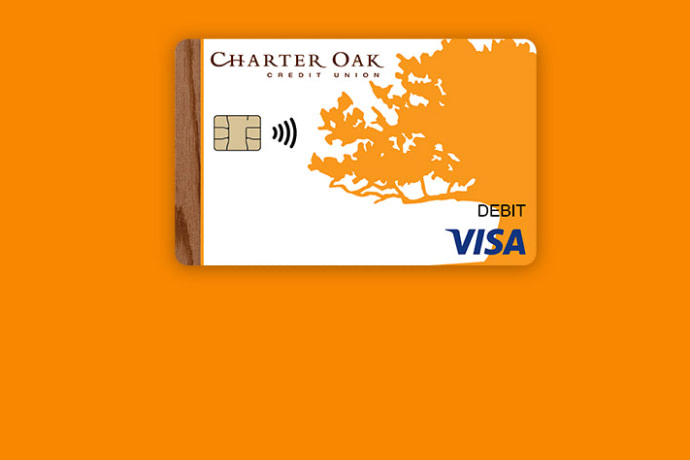6 Ways to Make Financial Services Marketing More Relevant to Millennial Audiences

You may feel like your marketing is doing everything right, but despite your efforts, you’re not reaching millennials effectively. Here are some tips you can try to better earn millennial love for your financial services, products and brands
1. Segment the millennial market
Approaching millennials by age as a homogenous market limits your ability to demonstrate how your financial services products are relevant to their “personal” experiences.
Millennials represent a highly diverse audience with complex, multiple sub-segments and experiences. Because of this, age segmentation isn’t always the best approach. Instead, consider leveraging millennials’ shared life stage characteristics as a predictor of their financial behavior – and product needs.
- Create and refine financial services messaging and timing to strategically appeal to your millennial markets based on what they’re doing and experiencing.
- Make your product marketing all about life stage needs. Millennials think in terms of buying a car, needing to build credit, starting a business, getting married and having kids – so show them the “path” that your financial products offer. For example: Promote card acquisition as a credit building tool. Promote savings accounts post-marriage and pre-children.
2. Don’t try to be hip
Financial services and products are serious subjects for millennials. You risk coming off as untrustworthy if your messaging is not authentic.
Over 63 percent of millennials have college degrees. So be smart and sophisticated. In a recent blog post, we discussed how Virgin America tapped its brand personality to “reimagine, reinvent and refresh” its Visa Signature credit card offering – and it did so without patronizing their millennial audience.
- Don’t try too hard to emulate millennial cultural references.
- Use plain-spoken language as a way to improve appeal.
- Use diverse and youthful imagery and invest in professional and edgy design.
- Create content that takes advantage of the channels you use and the channels you know millennials pay attention to.
3. Target younger millennials’ parents
Money, credit and investment decision-making are mature subjects, and millennials want adult experiences. Don’t forget, however, that younger millennials are still mostly “grown-up kids” – especially those under age 24.
Parents very heavily influence millennials (36 percent of millennials still live at home), with half of all millennials identifying their parents as their primary guide in shaping their banking and financial views.
- Speak to millennials’ parents to help them become aware of, and see the need for, your products.
- Educating parents can be an opportunity to provide financial reassurances to millennials who may not independently understand or even trust your message or the financial services industry.
- Millennials demand transparency, so don’t hide the fact that you are marketing to their parents.
4. Avoid using social media as a broadcasting platform
Think of your social media effort as a two-way radio versus a digital public address system that “broadcasts” your content. It’s the difference between “being spoken to” versus “talking with.”
Millennials use social media more than other generations to engage with each other and with brands that they like. Millennials, however, ignore overt promotion and cluttered, frequent posting of financial institution products and services because they don’t understand their relevance or benefits. They want to:
- participate in a reciprocal, authentic, emotionally relevant conversation;
- drive and share the conversation and their experience with peers and crowdsource ideas; and
- get peer credit and status for discovering, liking and commenting on your content.
Ask yourself how your products and services can work as an active, branded experience (in and outside of social media) to be more relevant. Here’s an example of how American Express did just that using Twitter to promote category spend with specific merchants.
5. Think beyond electronic channels to reach millennials
According to an Ipsos survey, millennials consume over 90 percent of their media via screened devices, and they spend over 10 percent of their lives actively using mobile devices. In fact, 80 percent sleep with their mobile phones within arm’s reach… but if you forget about traditional initiatives such as direct mail, print, OOH/ promotional, in-branch and sponsorships you are missing the channels they actually most prefer you use.
The most highly rated channel in terms of influence on millennials is direct mail – with 92 percent of respondents self-indicating as such. Surveys indicate that newspaper advertising (91 percent) handily beat email marketing (78 percent) and social media (55 percent) as preferred channels. Engaging millennials via digital initiatives makes sense, but not at the expense of integrated marketing.
6. Seek to promote social responsibility
Millennials look for discounts and online coupons, take advantage of offers, and make purchase decisions based on the availability of rewards for responsible behavior. But Millennials want (and demand) you to offer more. Millennials believe that companies have an obligation to help them support civic causes.
In a recent article, SocialTimes reported on a study that indicated millennials are prepared to “reward” socially responsible companies. In fact, 74 percent of millennials are more likely to pay attention to a company’s message if it has a deep commitment to a cause.
Look for opportunities to create alignment between support of millennials’ passion areas and your marketing to enhance the appeal of your financial brand and its products. One award-winning example is Credit Union 1’s pre-holiday 60 Days of Giving Campaign, which generated a $1 donation to local charities for each new Facebook “like.”
In summary
Evaluate your current millennial marketing initiatives with the above in mind. Marketing to this segment requires empathy and understanding of their life stages, engaging their support systems, tweaking your channels/messaging and better appealing to their values — in order to forge deeper, more profitable and relevant financial service relationships.






